Equity is About ‘U’ and ‘I’
Key Points
-
As equity continues to gain traction as part of Diversity, Equity, Inclusion and Social Justice (DEIJ) Initiatives, a more explicit definition is needed.
-
One that moves beyond ethnic and racial backgrounds to include traditionally underserved socioeconomic groups. In turn, hopefully greater access to quality education will result.
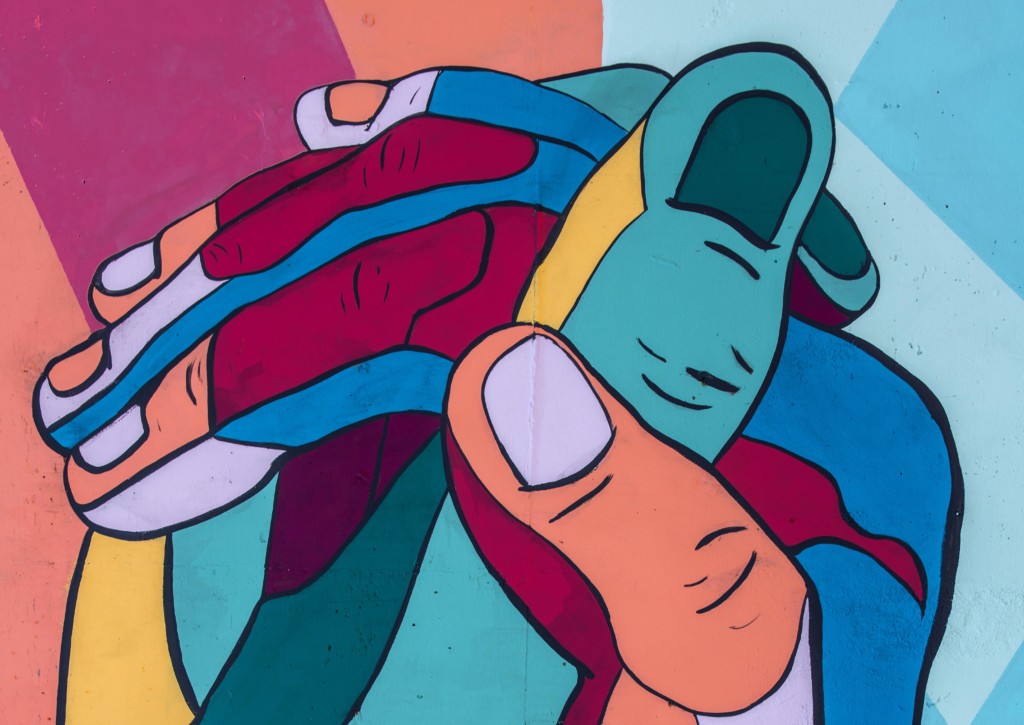
Equity and access are not synonymous, nor are they mutually exclusive concepts. As equity continues to gain traction as part of Diversity, Equity, Inclusion and Social Justice (DEIJ) Initiatives, a more explicit definition is needed. One that moves beyond ethnic and racial backgrounds to include traditionally underserved socioeconomic groups. In turn, hopefully greater access to quality education will result.
It is commonplace for schools across the globe to state ideals of equity in their mission and vision statements. Yet putting words into action is vital. And the future holds much promise as “transformational agendas” focused on equity and improvements of access, will likely remain high on global issues lists.
Whether it be a public or private school, large or even no endowment, barriers must be dissolved. Something, anything can always be done.
A Future of Opportunity
Sociologists Sean Reardon (Stanford University) and Ann Owens (University of Southern California) have a body of evidence that reflects how school segregation is more about income than race. The situation continues to worsen. This does not make sense if we acknowledge how access to a quality education might mean an individual can exchange a blue for a white collar. Or, what might the potential be in developing countries, where masses of youth simply are left “collarless.” Especially when we consider how by the International Monetary Fund’s (IMF) definition, there are 152 developing countries with a current population of around 6.69 bn. This is 85% of the world’s population!
The opening of English-language international schools continues to accelerate. According to the U.K.-based ISC Research, within the past two decades, enrollment is eight times larger but equally staggering is how the demographics have shifted. Before the turn of the millennium, most students in international schools were from ex-pat families. Alan Wechsleer of the Atlantic indicates how “80 percent of students are actually from a school’s host country. And, according to ISC, demand is rising—in the next 10 years, experts expect the number of international schools to double to more than 16,000 schools and 8.75 million students worldwide.” This is good news as host countries stand to benefit societally as more equitable practices are in place.
The Global Wealth Report (2021) produced by Credit Suisse indicated how the middle class has “exploded,” more than tripling in size this century, “from 507 million in 2000 to 1.7 billion in mid-2020.” With an increasingly globalized economy, education providers seem to be riding the wave of aspirant middle classes in emerging economies looking to invest in their children’s future. This equates to hundreds of millions of families. This too is good news, if we can move beyond the profit-based models and into the creation of a more equitable world. Intentional leadership bent on greater equity, begins with the development of more equitable structures, where policies are consistently examined through a lens of equity but also humanitarianism. Several schools are already laying this path.
Foundation Model
M-PESA Foundation Academy (MFA), Kenya
Serving approximately 650 students, all students are financially disadvantaged and receive a 100% scholarship. “Sustainability is always foremost in our minds and we try to operate as cost effectively as possible,” shared Alan Adlington-Corfield, Executive Head of School. Furthermore, MFA is intentional in their enrollment so all 47 Kenyan counties are represented. MFA is also partnered with the United Nations High Commissioner for Refugees (UNHCR) and each year refugees are admitted, usually from Somalia, Sudan, and Rwanda. “This brings about a wonderful diversity and intercultural understanding and appreciation,” said Adlington-Corfield.
The M-PESA Foundation is an independent charitable trust started in 2010 which is dedicated to the empowerment of communities. This co-educational and residential High school offers the Kenyan National Curriculum, International Baccalaureate Diploma Programme (IBDP), International Baccalaureate Middle Years Programme (IBMYP) and the International Baccalaureate Career-Related Programme (IBCP).
Endowment and Annual Giving Model
Robert College, Turkey
Consistently ranked as the top private school in all of Turkey, more than a quarter (273) of Robert College’s 1000 students were on needs-based scholarships for the 2021-22 academic year. Furthermore, to retain the traditions but also add to the unique character of the school, students come from 55 different cities across Turkey. Head of School, Adam Oliver expressed, “We are committed to continue the school’s work as an engine for social mobility and opportunity for the most talented individuals, whatever their background.” Creating more scholarship opportunities remains of paramount importance.
Robert College is a co-educational and residential High school where scholarships are supported by the endowment, and also through the annual giving of alumni.
Hawaii Preparatory Academy, Hawaii Island, Hawaii
Hawaii Preparatory Academy (HPA) is a K-12 co-educational school. Its 200 students in Lower and Middle School are entirely day students, whereas in the Upper School half of their student body are residential students (200) and represent three Hawaiian islands, 15 states, and 25 nations. “A Place to Learn Like Nowhere Else,” can be backed up by the various unique place-based opportunities and existing programs.
Like many independent schools, a generous financial aid budget is essential to sustain enrollment and especially to maintain socioeconomic diversity. 35% of the HPA student body receives some form of assistance. Hannah Hind Candelario, Director of Advancement alludes to the affection and strong feelings of the HPA experience and said, “A strong tradition of yearly giving will secure a fruitful HPA experience for every single student.” HPA is registered as a 501(c)3 public charity and touts 100% faculty contributions to the annual fund.
Endowment Model but also Need Blind Admission
Phillips Academy Andover, Andover, Massachusetts
As the oldest incorporated boarding school in the US, Andover has a student population of 835. Committed to admitting students based on achievement and character, Andover does not want financial capability to be a barrier. In 2007 they instituted a need blind admissions policy. In simple terms this meant that a family’s ability to pay tuition and fees will not be a factor the admission committee considers when reviewing applications.
On Andover’s website they report, “We’re also one of the few independent schools to meet 100 percent of each student’s demonstrated financial need—and we meet that need with grants (essentially scholarships), not loans.” This is quite monumental, especially considering the price tag of a boarding student’s tuition ($61,950). 12% of students received full scholarships. A naysayer might denounce these efforts attesting to Andover’s endowment of over $1 billion, however this is not fiction. The reality is that greater access to an Andover education is being made available. Testament to this is that 46% of Andover students receive some sort of financial aid.
Stepping Into a Future of Greater Equity
Moving forward, the challenges remain opportunities. How might we broaden our definition of equity? Of equal importance, how might we structure more equitable education structures? If society and schools are inextricably linked it behooves us to remember that 85% of the world’s population is in developed countries. Creating access to the best education is of critical importance. Putting in place more equitable policies and programs hopefully will blow the hinges off closed or partially opened doors.
There is likely little coincidence that “equity” contains both“u” and“i.” It takes all of us. Many models with equity at the core already exist. Might we have the integrity to follow their lead and step into a future of far greater equity and access.
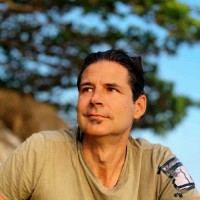


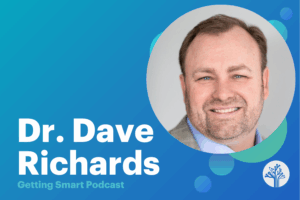

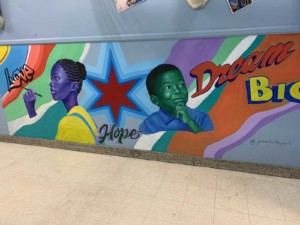
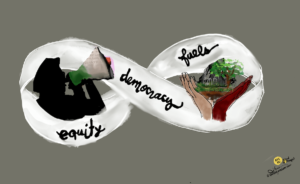
0 Comments
Leave a Comment
Your email address will not be published. All fields are required.